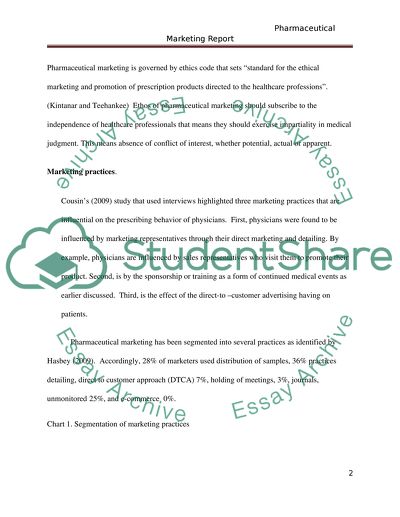Cite this document
(“Ethics On Pharmaceutical Marketing A Review Of Literature Dissertation”, n.d.)
Retrieved de https://studentshare.org/marketing/1390882-ethics-on-pharmaceutical-marketing-a-review-of-literature
Retrieved de https://studentshare.org/marketing/1390882-ethics-on-pharmaceutical-marketing-a-review-of-literature
(Ethics On Pharmaceutical Marketing A Review Of Literature Dissertation)
https://studentshare.org/marketing/1390882-ethics-on-pharmaceutical-marketing-a-review-of-literature.
https://studentshare.org/marketing/1390882-ethics-on-pharmaceutical-marketing-a-review-of-literature.
“Ethics On Pharmaceutical Marketing A Review Of Literature Dissertation”, n.d. https://studentshare.org/marketing/1390882-ethics-on-pharmaceutical-marketing-a-review-of-literature.


